WHOLE Grain Bread Know-How and Add a Little Color to Your Rice!
Rice can get boring, so it makes a big difference when you add color and interest to this proverbial side dish. In fact, this concept applies to any whole grain dish, be it quinoa, faro, barley, millet, and so on.
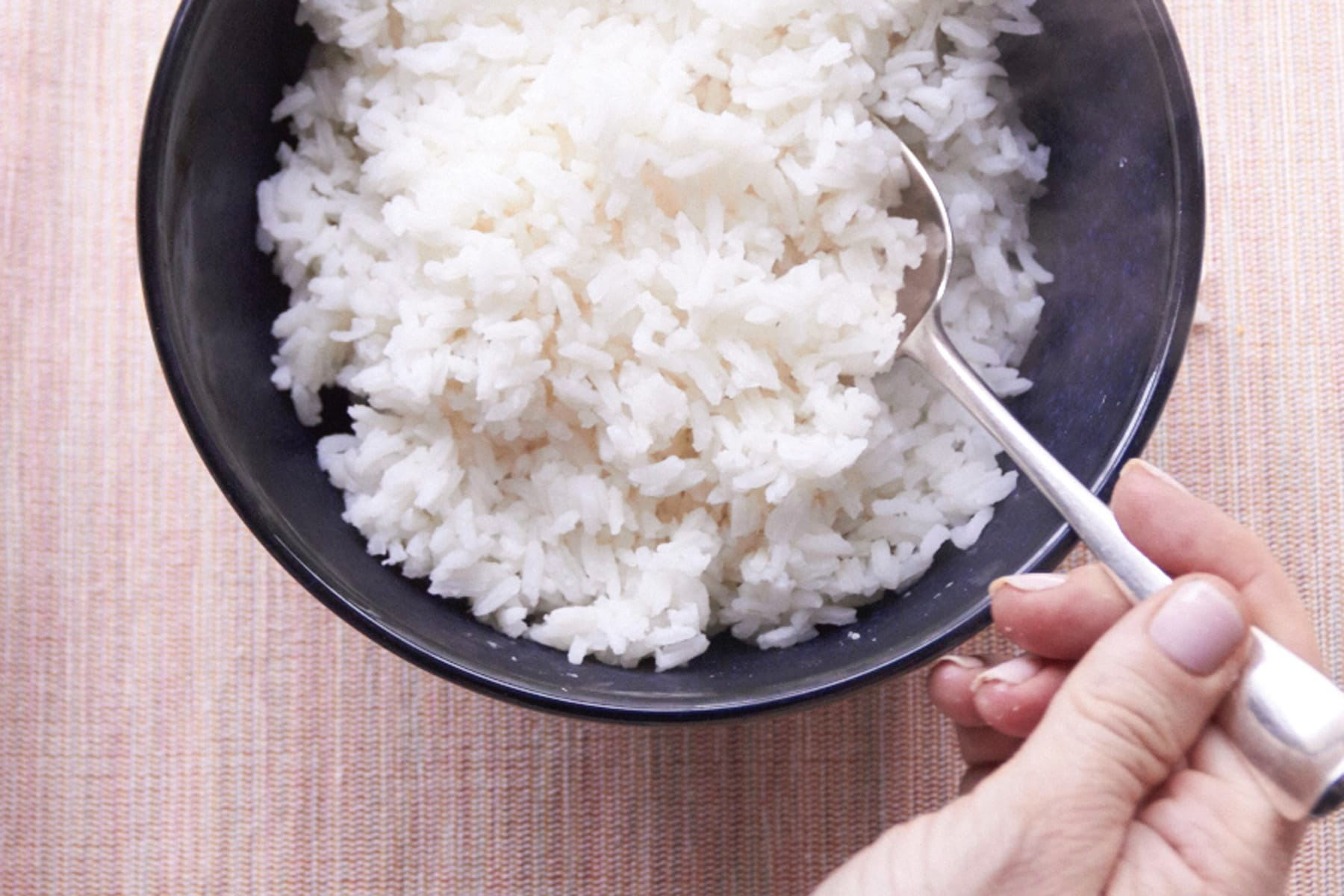
Eating more whole grains is an easy way to create a more nutrient-dense diet. They’re packed with nutrients including protein, fiber, B vitamins, antioxidants, and trace minerals (iron, zinc, copper, and magnesium). Studies show that a diet rich in whole grains reduces the risk of heart disease, type 2 diabetes, obesity, and some forms of cancer. Whole-grain diets can also improve bowel health by helping to maintain regular bowel movements and promote growth of healthy bacteria in the colon.
Yet the average American eats less than one serving per day, and almost half of Americans never eat whole grains at all. Young adults, for instance, get less than one serving daily.
Why is this? For starters, and sadly, many people have the perception that whole grains just don't taste good. I’m 100% convinced that when food prejudices show up, it’s because that food hasn’t been prepared skillfully. So anyone that believes whole grains are yucky hasn’t experienced them prepared well. Period.

Another reason almost half of Americans don’t eat them is due to the belief that it's difficult to work them into the daily diet. This is sorta kinda true if you’re crazy busy and have no time for scratch cooking (preparing a pot of brown rice or quinoa, for instance). BUT, they can still be part of a daily meal if you know what to look for when shopping.
This last point brings us to a key reason why whole grains aren’t enjoyed more. And we can thank the slick and deceptive marketing of the U.S. food manufacturing industry. It's simply not easy to tell which foods are TRULY “whole-grain.”
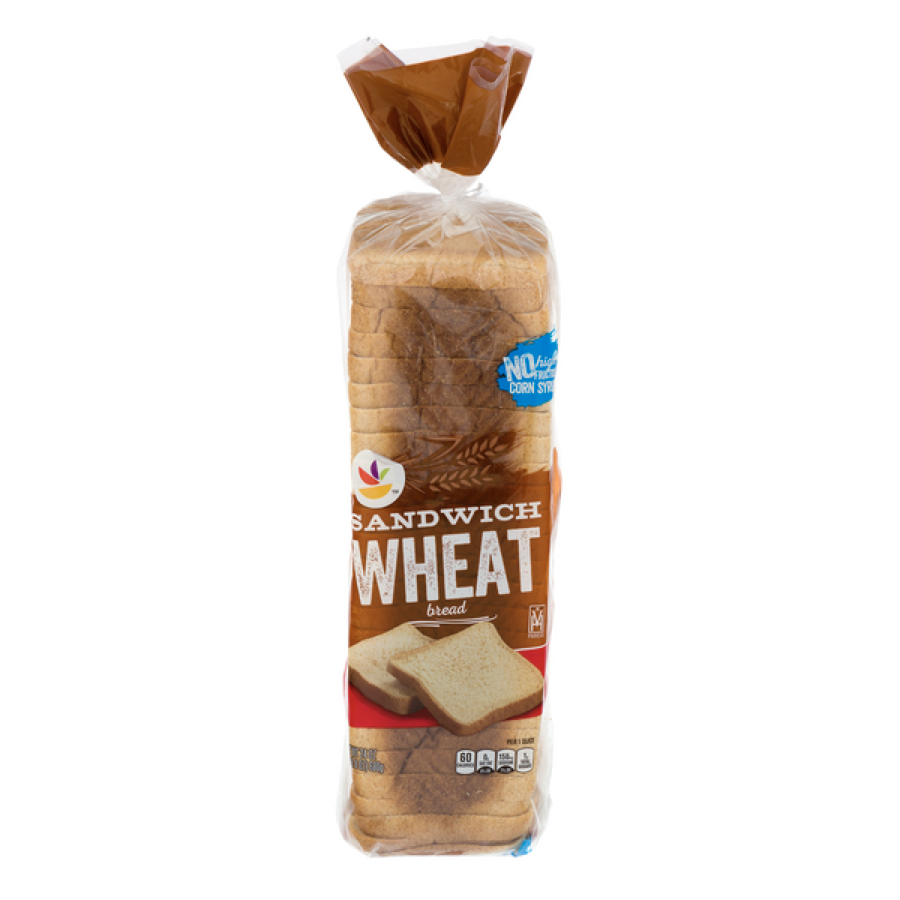
Pay close attention to the bread, cereal and snack packaging. You’ll notice virtually every one promotes its “whole-grain goodness” through words such as "multigrain," "100% wheat," "cracked wheat," "organic," "pumpernickel," "bran," and "stone ground." They sound healthy, right? But beware and dig deeper. Trendy terms don’t actually mean the product is whole-grain.
So, when you're buying processed products, such as a loaf of bread, always avoid any that say they’re made of "refined" wheat. You already knew that, I’m sure. But did you know that some manufacturers strip the outer layer of bran off the whole kernel of wheat, use the refined wheat flour, add in molasses to color it brown, and call it “100% wheat”' bread? That's perfectly true only in the fact that no other grain flour was included in the recipe. BUT, the other fact is, it’s not a whole grain bread.
That's why it's important to check the ingredients list for the word "whole" preceding the grain (such as "whole wheat flour"). Ideally, the whole grain will be the first ingredient in the list, indicating that the product contains more whole grain than any other ingredient by weight.
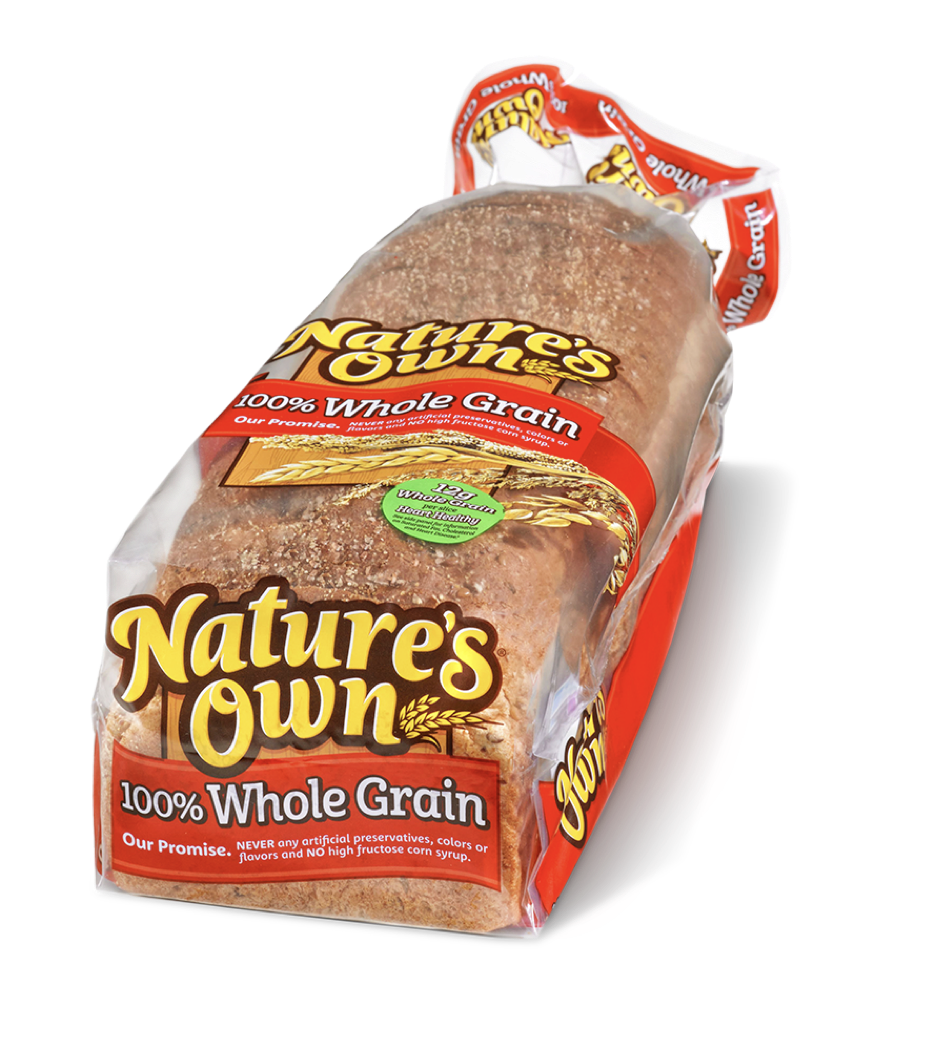
Sticking with bread, I wondered if anyone had researched and reviewed all the brands of breads out there, in terms of pure “whole grainness.” And yes, this is a well-studied topic. Among the many groups that have taken the guesswork out of whole-grain-bread-buying is www.verywellfit.com. After thorough analyzation and taste-tests, they say the best whole grain breads for 2022 are:
Best Overall: Dave's Killer Bread Organic Powerseed (at Walmart)
Best Budget: Nature's Own Whole Wheat Bread (at Amazon)
Best for People with Diabetes: Food for Life Ezekiel 4:9 Sprouted Grain Bread (at Walmart)
Best Tasting: Dave's Killer Bread Good Seed Organic Bread (at Amazon)
Best Gluten-Free: Canyon Bakehouse Heritage Whole Grain Gluten-Free Bread (at Instacart.com)
Best Sprouted: Silver Hills Sprouted Power Low Fat Bread (at Amazon)
Best Bread Mix: King Arthur Multigrain Bread Mix (at Kingarthurbaking.com)
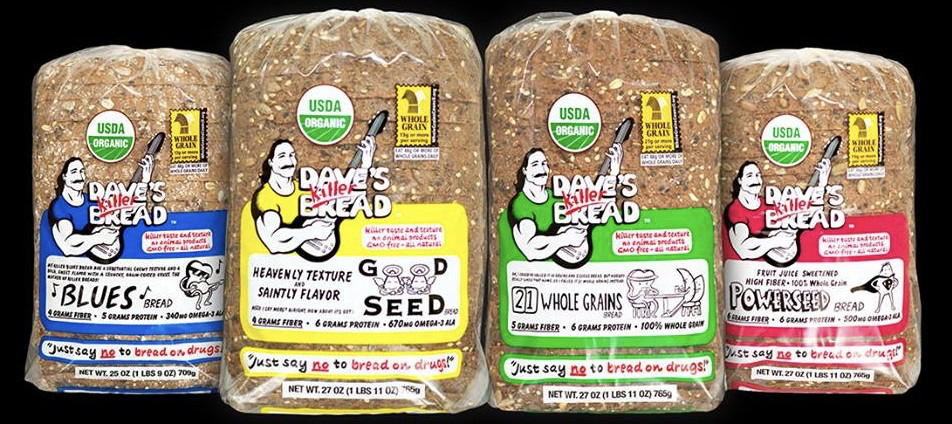
So if you’re too busy right now to scratch cook any whole grains, buying a TRULY whole grain bread as a great way to start eating more of them. But if you are interested in a little scratch cooking, then you’ll like this recipe I found on THE OLD FARMER’S ALMANAC website.
This Colorful Rice recipe (from nutritionist Patty Sanders) adds protein, flavor, and nutrition for a more delicious, healthier side dish. Her premise is that whole grain side dishes can get a little boring. (Hence, back to why some folks don’t like them…they show up with lackluster preparation.) Patty says we ought to always add color to our dishes (and our life)!
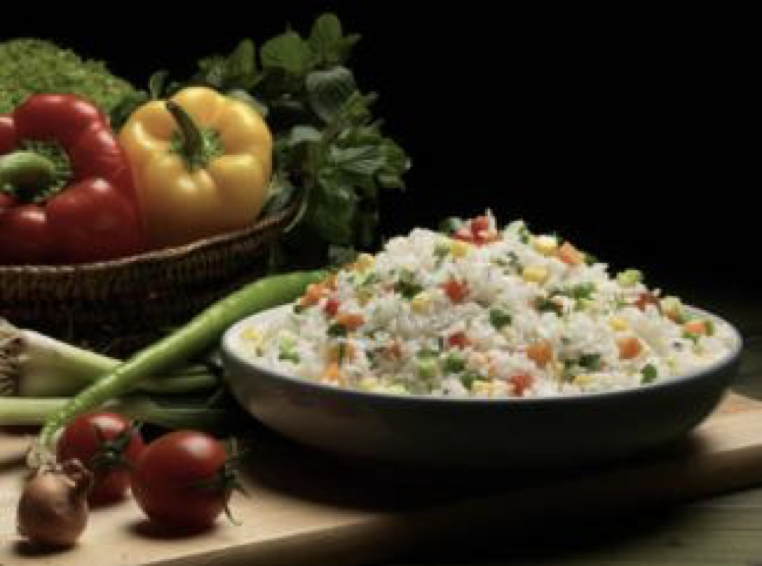
2 cups cooked rice or whole grain
2 tablespoons almonds, sliced
2 tablespoons peppers (any color), chopped
2 tablespoons hemp seeds
2 tablespoons scallion or any onion, chopped
2 tablespoons cilantro or any green herb, chopped
2 tablespoons sunflower seeds
2 tablespoons grated carrots
1/2 teaspoon or more lemon zest, to taste
Directions:
Add Recipe to Cook'n

Eating more whole grains is an easy way to create a more nutrient-dense diet. They’re packed with nutrients including protein, fiber, B vitamins, antioxidants, and trace minerals (iron, zinc, copper, and magnesium). Studies show that a diet rich in whole grains reduces the risk of heart disease, type 2 diabetes, obesity, and some forms of cancer. Whole-grain diets can also improve bowel health by helping to maintain regular bowel movements and promote growth of healthy bacteria in the colon.
Yet the average American eats less than one serving per day, and almost half of Americans never eat whole grains at all. Young adults, for instance, get less than one serving daily.
Why is this? For starters, and sadly, many people have the perception that whole grains just don't taste good. I’m 100% convinced that when food prejudices show up, it’s because that food hasn’t been prepared skillfully. So anyone that believes whole grains are yucky hasn’t experienced them prepared well. Period.

Another reason almost half of Americans don’t eat them is due to the belief that it's difficult to work them into the daily diet. This is sorta kinda true if you’re crazy busy and have no time for scratch cooking (preparing a pot of brown rice or quinoa, for instance). BUT, they can still be part of a daily meal if you know what to look for when shopping.
This last point brings us to a key reason why whole grains aren’t enjoyed more. And we can thank the slick and deceptive marketing of the U.S. food manufacturing industry. It's simply not easy to tell which foods are TRULY “whole-grain.”

Pay close attention to the bread, cereal and snack packaging. You’ll notice virtually every one promotes its “whole-grain goodness” through words such as "multigrain," "100% wheat," "cracked wheat," "organic," "pumpernickel," "bran," and "stone ground." They sound healthy, right? But beware and dig deeper. Trendy terms don’t actually mean the product is whole-grain.
So, when you're buying processed products, such as a loaf of bread, always avoid any that say they’re made of "refined" wheat. You already knew that, I’m sure. But did you know that some manufacturers strip the outer layer of bran off the whole kernel of wheat, use the refined wheat flour, add in molasses to color it brown, and call it “100% wheat”' bread? That's perfectly true only in the fact that no other grain flour was included in the recipe. BUT, the other fact is, it’s not a whole grain bread.
That's why it's important to check the ingredients list for the word "whole" preceding the grain (such as "whole wheat flour"). Ideally, the whole grain will be the first ingredient in the list, indicating that the product contains more whole grain than any other ingredient by weight.

Sticking with bread, I wondered if anyone had researched and reviewed all the brands of breads out there, in terms of pure “whole grainness.” And yes, this is a well-studied topic. Among the many groups that have taken the guesswork out of whole-grain-bread-buying is www.verywellfit.com. After thorough analyzation and taste-tests, they say the best whole grain breads for 2022 are:
Best Overall: Dave's Killer Bread Organic Powerseed (at Walmart)
Best Budget: Nature's Own Whole Wheat Bread (at Amazon)
Best for People with Diabetes: Food for Life Ezekiel 4:9 Sprouted Grain Bread (at Walmart)
Best Tasting: Dave's Killer Bread Good Seed Organic Bread (at Amazon)
Best Gluten-Free: Canyon Bakehouse Heritage Whole Grain Gluten-Free Bread (at Instacart.com)
Best Sprouted: Silver Hills Sprouted Power Low Fat Bread (at Amazon)
Best Bread Mix: King Arthur Multigrain Bread Mix (at Kingarthurbaking.com)

So if you’re too busy right now to scratch cook any whole grains, buying a TRULY whole grain bread as a great way to start eating more of them. But if you are interested in a little scratch cooking, then you’ll like this recipe I found on THE OLD FARMER’S ALMANAC website.
This Colorful Rice recipe (from nutritionist Patty Sanders) adds protein, flavor, and nutrition for a more delicious, healthier side dish. Her premise is that whole grain side dishes can get a little boring. (Hence, back to why some folks don’t like them…they show up with lackluster preparation.) Patty says we ought to always add color to our dishes (and our life)!

Colorful Rice
Ingredients:
2 cups cooked rice or whole grain
2 tablespoons almonds, sliced
2 tablespoons peppers (any color), chopped
2 tablespoons hemp seeds
2 tablespoons scallion or any onion, chopped
2 tablespoons cilantro or any green herb, chopped
2 tablespoons sunflower seeds
2 tablespoons grated carrots
1/2 teaspoon or more lemon zest, to taste
Directions:
Add all the ingredients to the cooked rice or whole-grain. Optional: Add 1 tablespoon of oil or a
vinaigrette right before serving.
vinaigrette right before serving.
Recipe formatted with the Cook'n Recipe Software from DVO Enterprises.
Sources:
- www.themom100.com
- www.sheknows.com
- www.stopandshop.com
- www.naturesownbread.com
- www.paddockpost.com
- www.almanac.com
 Alice Osborne
Alice Osborne
DVO Newsletter Contributor since 2006
Email the author! alice@dvo.com
